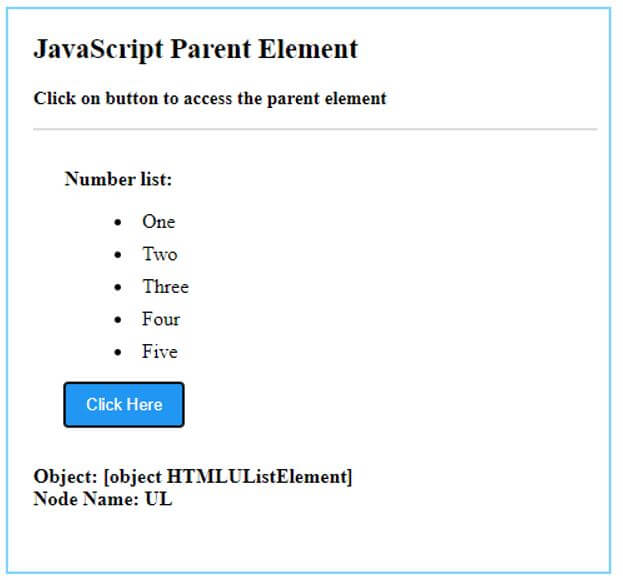
#Javascript add a p element to a div how to#
We'll take this example and riff on it a bit as part of learning how to generate a bunch of elements and display them in our DOM. We can see the newly added items in the scrollable region below, and we can even scroll through them with our fingers/mouse to see that all of these dynamically created items are real.
#Javascript add a p element to a div code#
When you click on it, we have some code that dynamically creates 1000 elements and adds them to the DOM. The Exampleīefore we start diving into the fun technical details, let's take a look at an example that nicely captures what we are trying to learn:įind the Generate button and click on it. And with this nugget of wisdom imparted, it's time to learn how exactly to pull all of this off. There is just one extra detail to keep in mind when dealing with such a large quantity of elements: for maximum performance, whether you are adding one element or a million elements, make all of your DOM updates at once. A lot of the techniques we saw will apply here as well, but the twist is that we are optimizing for creating and displaying a really large (think hundreds or thousands!) number of elements. In the Creating, Removing, and Cloning DOM Elements tutorial, we learned how to create and display HTML elements using JavaScript. We'll look at several approaches for being able to do this while keeping an eye on performance. In this tutorial, we’ll go deep into learning how to take some a bunch of boring old data and turn them into HTML elements that we can see and interact with. This data is then mapped to the appropriate HTML elements and then added to our DOM where we can see and interact with the results. Behind the scenes, there is a step where our search terms return some data from the server. These results are generated by the search service and we have no idea what they are until we start typing into the search box. The visuals are dynamically generated based on the data the server returns for each category we are navigating through.Ī far less interesting example is what happens when we use the search form on this web site:Īs we type into the search box, we see inline results appear that we can click on.

All of these thumbnails and related content like the headings and descriptions aren't predefined or hardcoded. Let's take Netflix for example:Īs we navigate through the Netflix app, we see a bunch of thumbnails for the videos we can watch. This general approach of having data drive what we see is a common pattern, especially as our apps get increasingly more dynamic.

An important part of working with the DOM is learning how to take a bunch of data and turning them into visuals we see on screen.


 0 kommentar(er)
0 kommentar(er)
